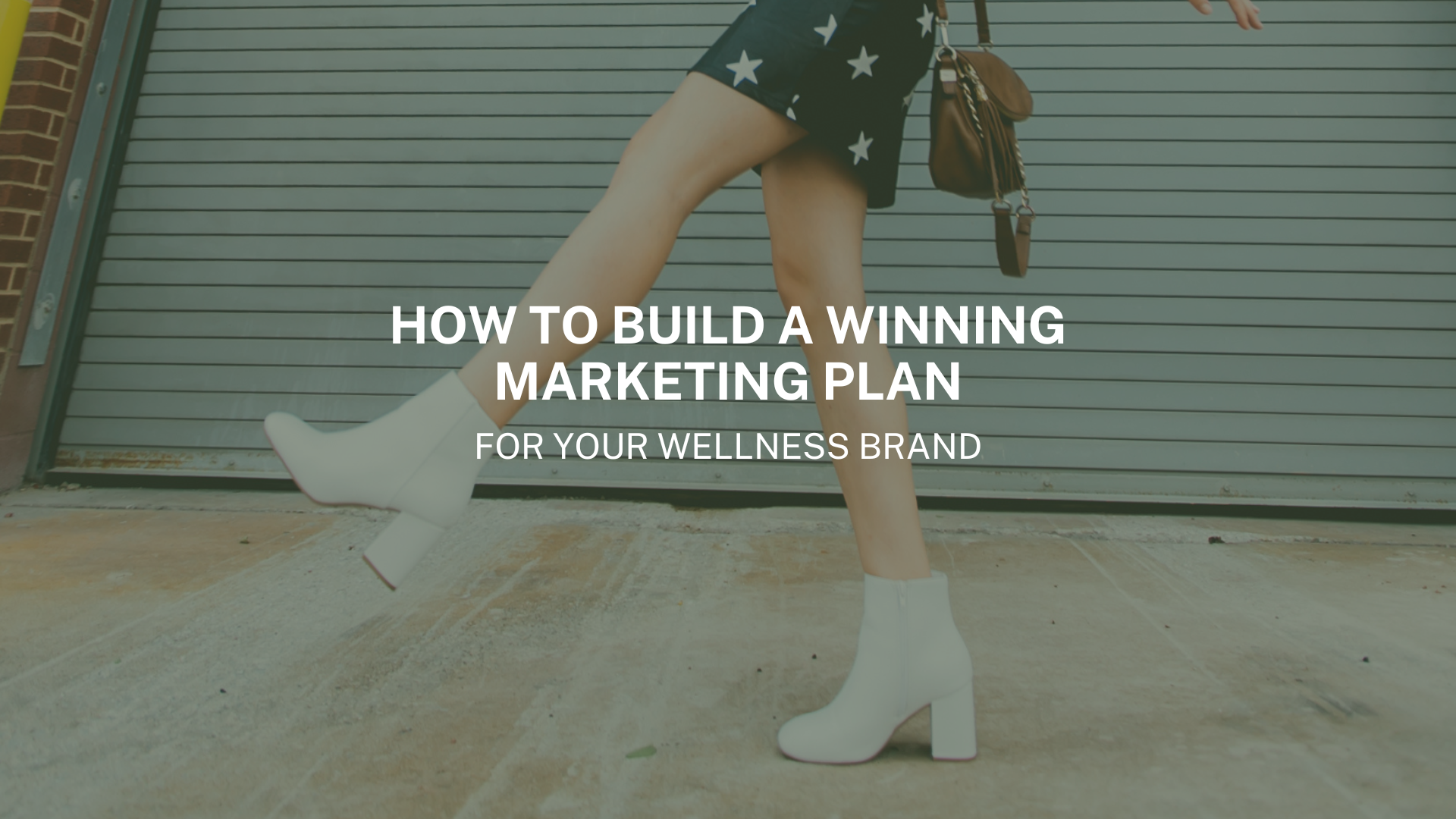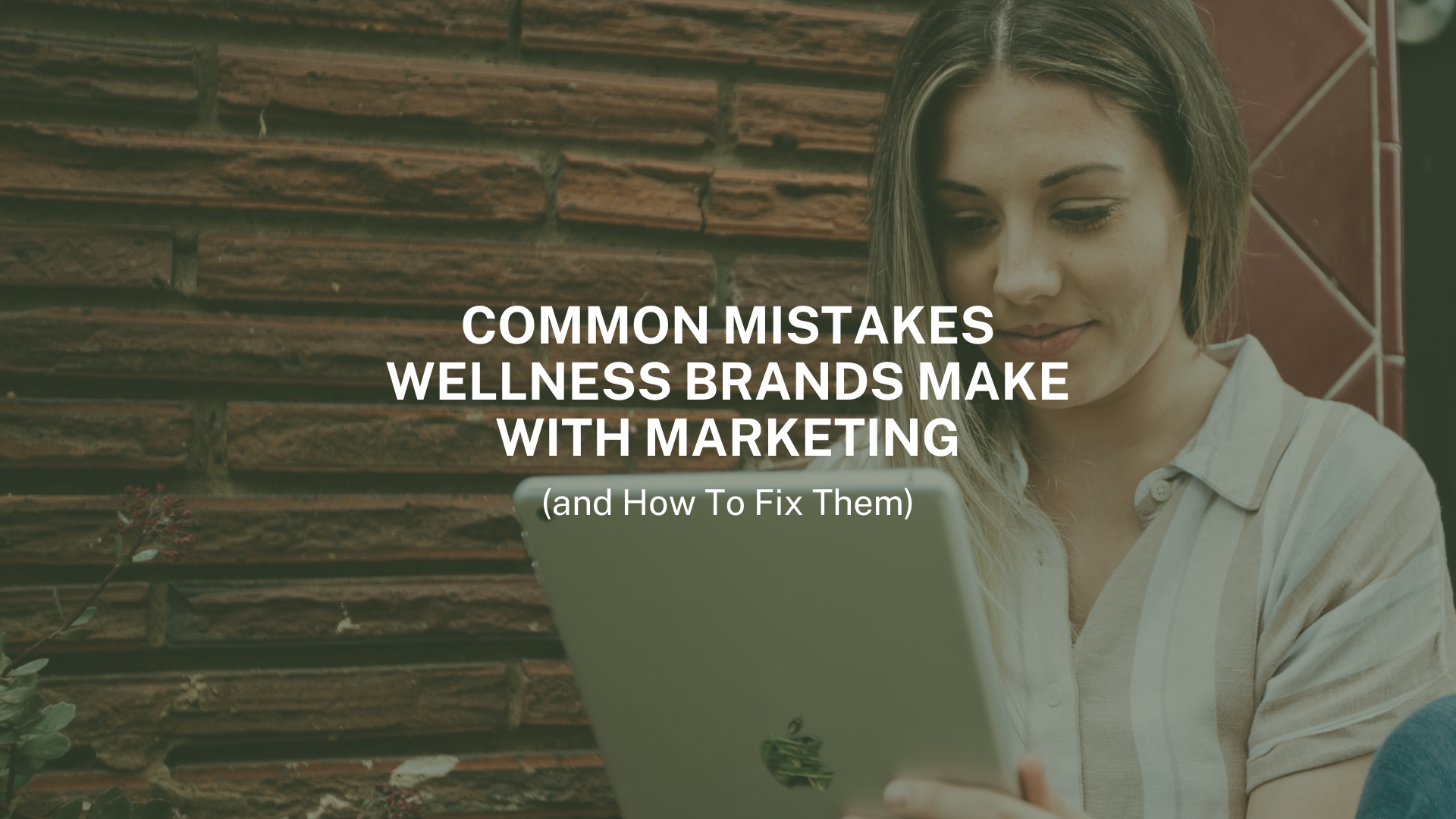Why Every Wellness Brand Needs a Plan
Marketing your wellness brand isn’t just about posting on Instagram or sending an email—it’s about creating a cohesive strategy that connects with your audience and drives sustainable growth. Without a plan, even the best intentions can lead to wasted time and resources.
Let’s walk through the key steps to building a marketing plan that not only achieves your goals but also aligns with your brand’s mission and values:
Step 1: Define Your Goals
Every successful marketing plan begins with clear, measurable goals. Ask yourself:
- What do I want my brand to achieve this year?
- Is my focus on increasing brand awareness, driving sales, or building community?
Example Goals:
- Grow your email list by 20% in 6 months.
- Increase website traffic by 30% within Q1.
- Launch a new wellness product and generate $10,000 in sales in the first month.
Pro Tip: Use SMART goals (Specific, Measurable, Achievable, Relevant, Time-Bound) to keep your plan actionable.
Step 2: Understand Your Audience
Your audience is the heart of your marketing plan. Without understanding their needs, preferences, and pain points, your efforts won’t resonate.
How to Get to Know Your Audience:
- Analyze existing data from social media insights, Google Analytics, or email metrics.
- Conduct surveys or polls to gather direct feedback.
- Build detailed customer personas, including demographics, behaviors, and motivations.
Example Persona:
“Busy moms looking for clean, eco-friendly supplements to support their family’s health.”
Step 3: Choose Your Marketing Channels
You don’t need to be everywhere—just where your audience is. Identify the platforms and channels where your ideal customers spend their time.
Examples of Key Channels for Wellness Brands:
- Social Media: Instagram, TikTok, and Pinterest for visual content.
- Email Marketing: Building direct relationships through personalized emails.
- Content Marketing: Blogs, videos, and guides that educate and inspire.
- Paid Ads: Facebook and Google Ads to reach new audiences.
Pro Tip: Start with 2-3 channels and scale as you refine your strategy.
Step 4: Craft Your Campaigns
Campaigns are the backbone of your marketing plan. Each campaign should align with your brand’s mission and speak directly to your audience’s needs.
Example Campaigns:
- A “New Year, New You” campaign promoting your wellness programs in January.
- A “Dry January” social media challenge featuring your clean beverage products.
- Storytelling posts about your founder’s journey to create the brand.
Related Content: Link to How to Scale Your Wellness Brand with Ethical Marketing Strategies for tips on creating authentic campaigns.
Step 5: Set a Budget and Timeline
Even the best ideas need resources to come to life. Set a realistic budget and timeline for each element of your plan.
How to Break It Down:
- Allocate funds for content creation, ad spend, and tools like email platforms.
- Create a content calendar to ensure consistency across all channels.
- Factor in team support or freelancers if needed.
Step 6: Measure and Adjust
A winning marketing plan doesn’t stop at execution—it’s a cycle of measurement and refinement. Track your progress, celebrate wins, and learn from what didn’t work.
Key Metrics to Monitor:
- Engagement rates on social media posts.
- Open and click-through rates for emails.
- Conversion rates on your website.
Pro Tip: Use tools like Google Analytics, Mailchimp, or social media dashboards to gather insights.
Build a Plan That Aligns With Your Mission
Creating a marketing plan might feel daunting, but it’s the foundation for sustainable growth. By defining your goals, understanding your audience, and crafting campaigns that resonate, you’ll set your wellness brand up for success.
Ready to take your strategy to the next level? Download The Ultimate Guide to Omnichannel Marketing to create a marketing plan tailored to your goals.



Comments +